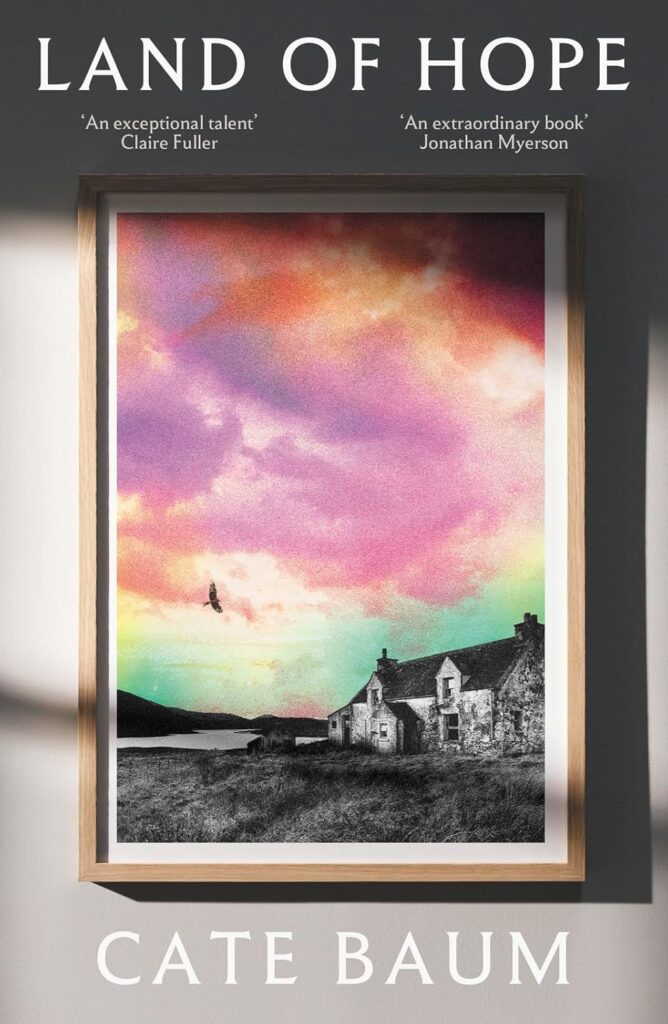 Cate Baum’s debut novel, Land of Hope, emerges as a hauntingly beautiful tapestry, intricately woven with threads from speculative fiction, historical myth, and modern-day fable. Set against the desolate, haunting backdrop of a Brontë-esque England, Baum’s work is an arresting meditation on survival, obsession, and redemption. Readers will find something profoundly compelling within these pages, as Baum masterfully blends the historical with the speculative, crafting a narrative that is as emotionally resonant as it is chilling.
Cate Baum’s debut novel, Land of Hope, emerges as a hauntingly beautiful tapestry, intricately woven with threads from speculative fiction, historical myth, and modern-day fable. Set against the desolate, haunting backdrop of a Brontë-esque England, Baum’s work is an arresting meditation on survival, obsession, and redemption. Readers will find something profoundly compelling within these pages, as Baum masterfully blends the historical with the speculative, crafting a narrative that is as emotionally resonant as it is chilling.
Baum introduces us to Hope Gleason, a woman raised amidst the rugged, unforgiving moors of Northern England, shaped profoundly by the brutality of her environment and her harrowing past. Known by many names – Daughter, Mother, Glory, Wife of The Devil O’ Th’ Moor – Hope becomes a figure that encapsulates both fragility and fierce strength. The plot kicks into motion when a devastating, enigmatic sound obliterates a nearby village, compelling Hope and a young orphaned boy to embark on a perilous journey across a land now ravaged by terror and darkness. As they search for her husband, long-buried secrets and violent memories resurface, blurring the lines between past and present.
Baum’s ability to seamlessly blend genres makes Land of Hope a standout in contemporary fiction. Her narrative echoes the gothic melancholy of Emily Brontë, complete with a wild landscape that mirrors the emotional turmoil of her characters. Like Brontë, Baum understands the powerful connection between land and psyche, suggesting, “Has the land come to mimic us vile deeds, or have we only mimicked the land?” This rhetorical interplay reflects Baum’s deep appreciation and reinterpretation of Brontëan themes, manifesting vividly through her characters’ torments and introspections.
Further enhancing the novel’s compelling atmosphere is Baum’s use of a poetic vernacular that gives voice to her characters and authenticity to the bleak beauty of their world. Her command of dialect and language not only deepens the immersive quality of her narrative but also underscores the geographical and emotional landscape of the story. For instance, Baum writes evocatively, “Far west from here and north with the ghosts, the stories of this land wait to be heard. We ken them in the light of cloud, the salt wind crack, the stars.” Such phrases illustrate her remarkable talent for linguistic consistency, skillfully ensuring that the vernacular is not merely an aesthetic choice but integral to the very identity and history of the place and its people.
Comparisons to Cormac McCarthy’s The Road are inevitable, given Baum’s similarly apocalyptic overtones and profound exploration of moral ambiguity amid ruin. However, Baum also channels the lyrical depth found in Daisy Johnson’s Everything Under, marrying poetic narrative with raw human drama. Like Fiona Mozley’s Elmet, Baum brings visceral intensity to rural England, juxtaposing its stark beauty with human cruelty.
One of the unique achievements of Land of Hope is how Baum skillfully captures the innate terror and existential dread of the unknown, alongside a profound exploration of the nature of love, evil, and the possibility of redemption. Baum does not shy away from the darkness within her narrative; instead, she uses it to amplify moments of tenderness and humanity. Her characters, especially Hope, are richly drawn, their complexities unraveling beautifully and heartbreakingly throughout the novel.
Perhaps most strikingly, Baum excels in vividly evoking the wild landscape as almost another character in the novel, not just a setting but an active participant in the unfolding drama. She conveys this powerfully in passages like, “The colours, both gaudy and somewhat dark, are all rusts and rich greens with them yellows and purples in the stone and scrub, the wind doing its best to shunt the grubby fat clouds to sea east of it.” Such vivid imagery ensures readers feel profoundly embedded within the narrative’s emotional and geographical topography.
Cate Baum has crafted an extraordinary debut novel, one that defies easy categorization and invites deep reflection on its themes. Land of Hope is a thrilling yet thoughtful journey, resonating emotionally and intellectually. After such a tremendous debut, the literary world should indeed be itching to know what this extraordinary new voice will produce next.
Review by Arthur Lemon
Land of Hope is out May 8th in UK/EU, July 24th USA
Available At


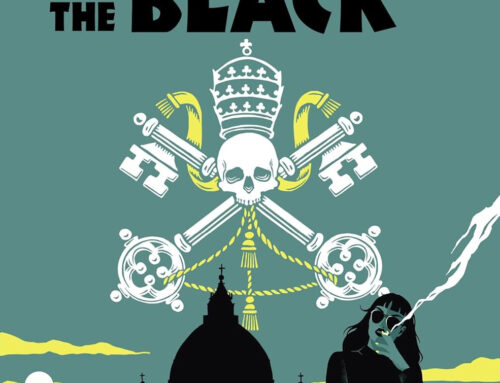

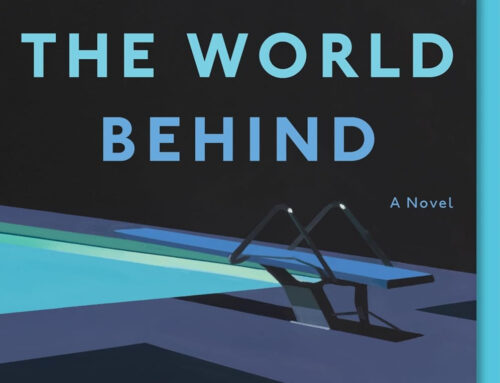
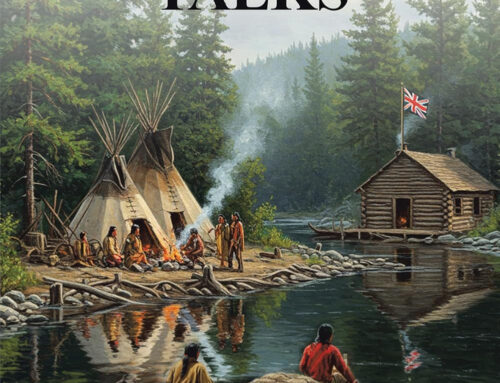
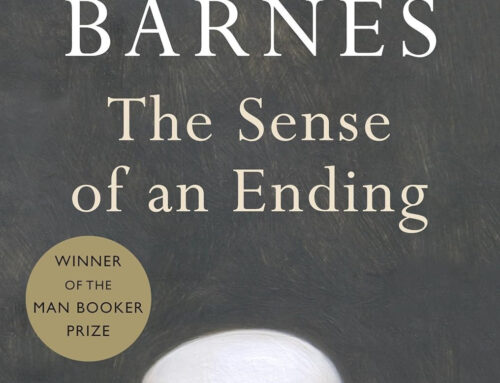
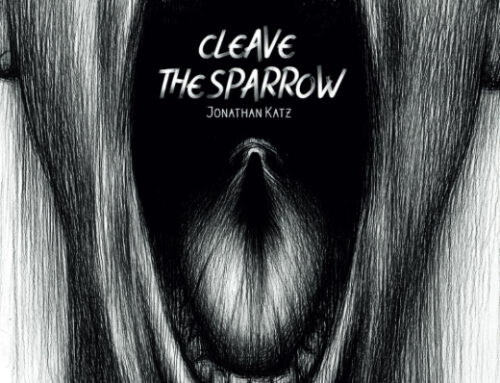


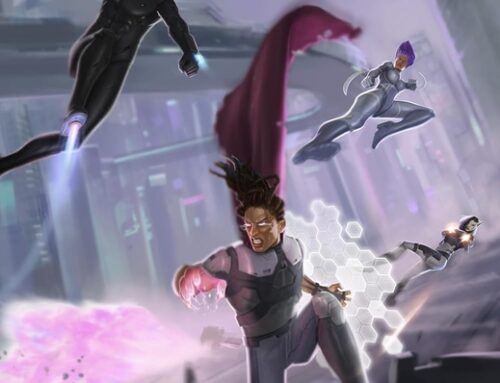

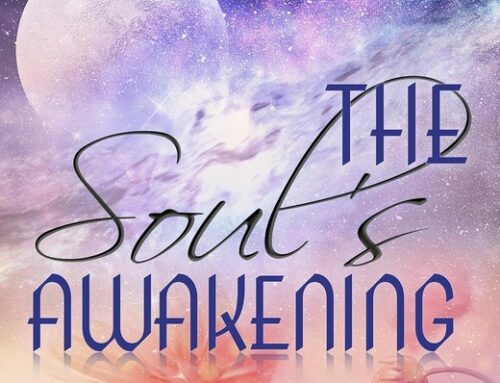
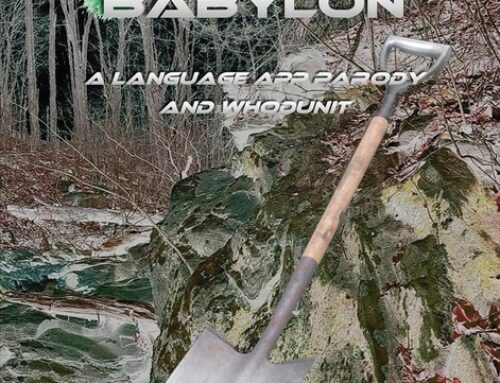
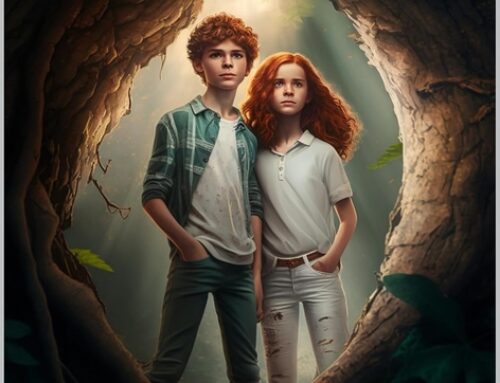



Leave A Comment